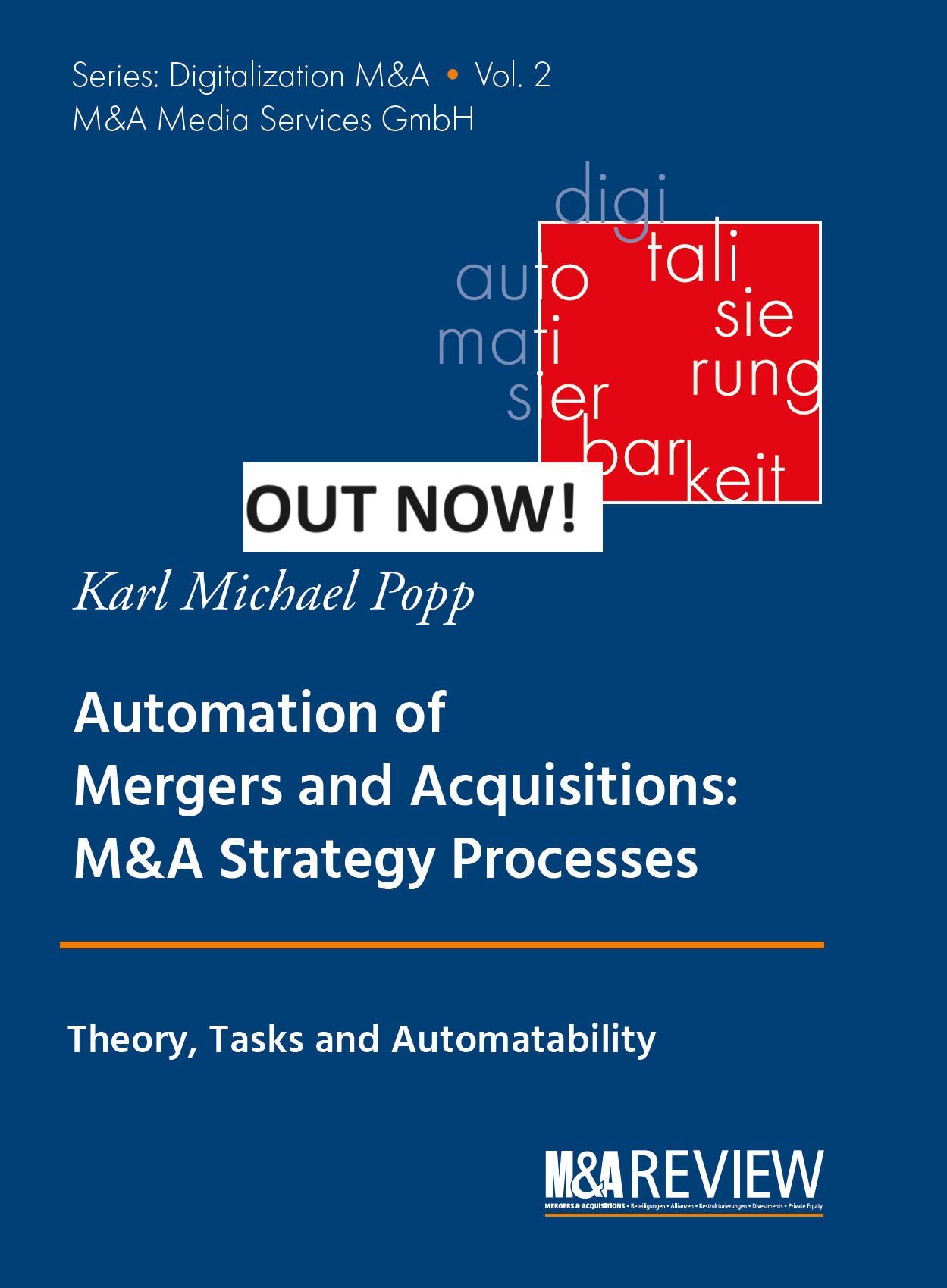Successful Consolidation Deals in Mergers and Acquisitions: Do's and Don'ts
This blog is in the Top 25 M&A blogs worldwide according to Feedspot
Consolidation deals represent a fundamental aspect of mergers and acquisitions (M&A), which are frequently pursued with the primary objectives of enhancing operational efficiency, broadening market reach, or streamlining various business operations to achieve greater effectiveness. Navigating through these complex transactions with proper strategies and foresight is absolutely essential for realizing the intended outcomes. To assist in this intricate process, here is a comprehensive guide detailing the important do's and don'ts that should be considered for successful consolidation endeavors via mergers and acquisitions.
Do's for Successful Consolidation
Begin Integration Early
It is imperative to initiate the integration planning process well in advance of the actual closing of the deal, as starting early allows for the identification and resolution of potential challenges while simultaneously establishing a coherent and detailed roadmap for effectively merging both operational and cultural aspects of the involved entities.
Conduct Thorough Due Diligence
Engage in a meticulous and comprehensive due diligence process that aims to uncover all conceivable issues that may arise during the integration phase, which should encompass rigorous financial audits, thorough operational assessments, and in-depth cultural evaluations to ensure that nothing significant is overlooked.
Develop a Strong Post-Merger Integration Plan
Create a meticulously detailed integration plan that is meticulously aligned with the overarching strategic objectives of the merger, ensuring that this plan outlines the key milestones and specific metrics that will be utilized for the evaluation of success throughout the integration journey.
Communicate Transparently
It is crucial to maintain a regime of clear and regular communication with all stakeholders involved in the merger; fostering transparency in these communications is essential for building trust among all parties and encouraging collaboration during the often challenging transition period.
Focus on Cultural Compatibility
Take the time to thoroughly evaluate the cultural differences that exist between the merging organizations and actively work towards harmonizing these distinct company cultures, as achieving cultural alignment is absolutely vital for ensuring the smooth functioning of operations following the merger.
Don’ts to Avoid Pitfalls
Neglect the Human Element
Make it a priority to avoid any tendencies to overlook the concerns and morale of employees, as it is essential to engage with them, address their various concerns meaningfully, and involve them actively in the integration process to foster a sense of belonging and commitment.
Overestimate Synergies
It is important to maintain a realistic perspective regarding the potential synergies and cost savings that can be anticipated from the deal, since overestimating these factors can inevitably lead to unmet expectations and strategic miscalculations that could jeopardize the merger's success.
Underestimate Cultural Differences
Failing to adequately recognize and address the cultural differences that exist between the merging organizations can result in significant integration challenges and a noticeable decline in employee morale, which can be detrimental to overall performance.
Delay Decision-Making
Allowing indecisiveness to take hold can considerably slow down progress and create an atmosphere of uncertainty; therefore, it is essential to make informed and timely decisions to ensure that the integration process remains on track and does not lose momentum.
Overlook Legal and Regulatory Requirements
Be vigilant in ensuring compliance with all legal and regulatory obligations that pertain to the jurisdictions affected by the merger, as overlooking these requirements can lead to costly legal challenges that may jeopardize the entire consolidation effort.
Conclusion
When managed effectively, consolidation in mergers and acquisitions has the potential to drive significant value for the involved organizations; thus, by diligently adhering to these recommended do's while consciously avoiding common pitfalls, companies can optimize their consolidation efforts and work towards achieving successful outcomes. It is of utmost importance to focus on early integration planning, conducting thorough due diligence, and fostering cultural alignment, as these elements will collectively set a robust foundation for successful consolidation deals.
Like my thoughts? READ MY NEW BOOK
ORDER AT AMAZON
ORDER IN GERMANY









